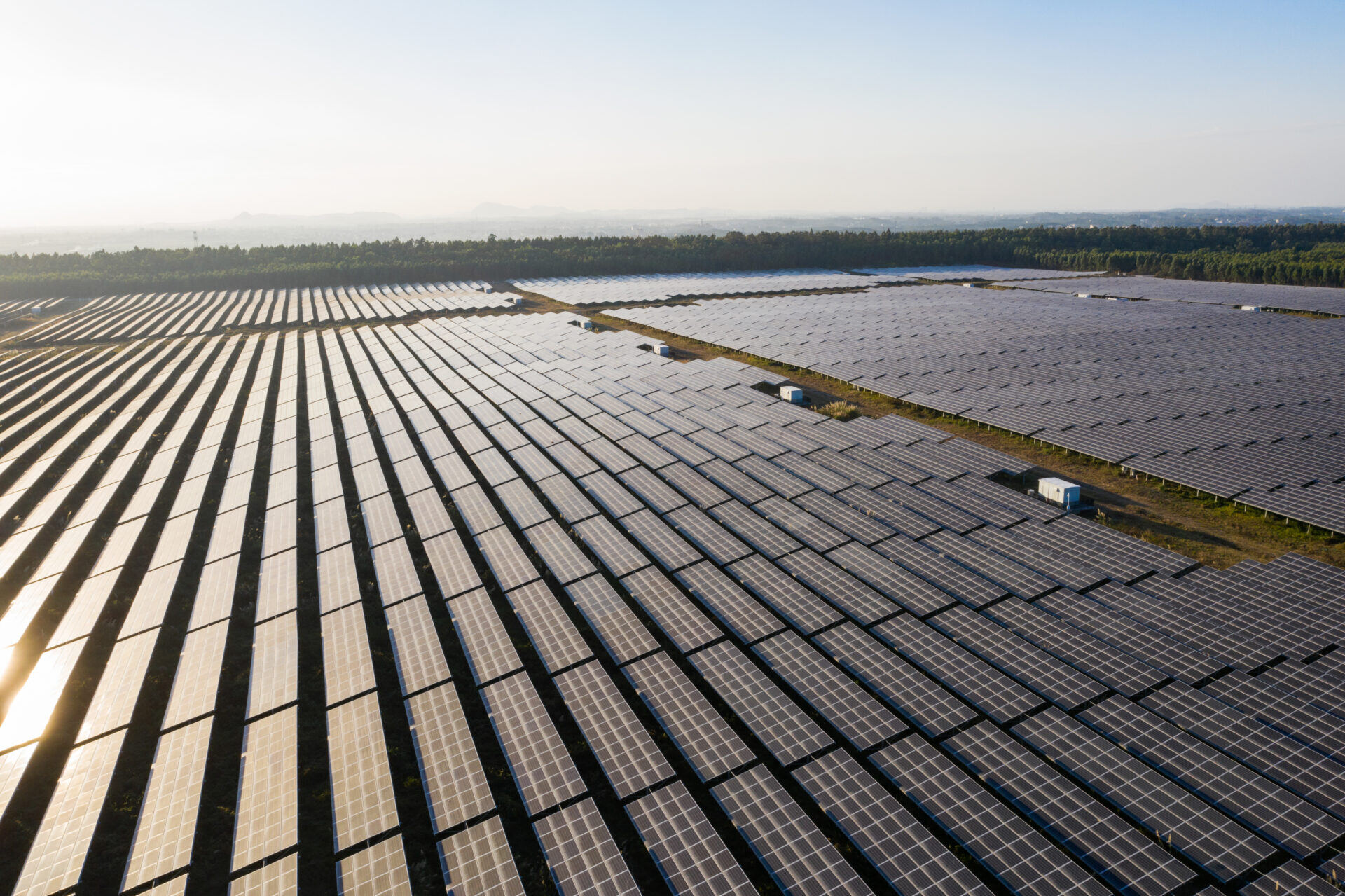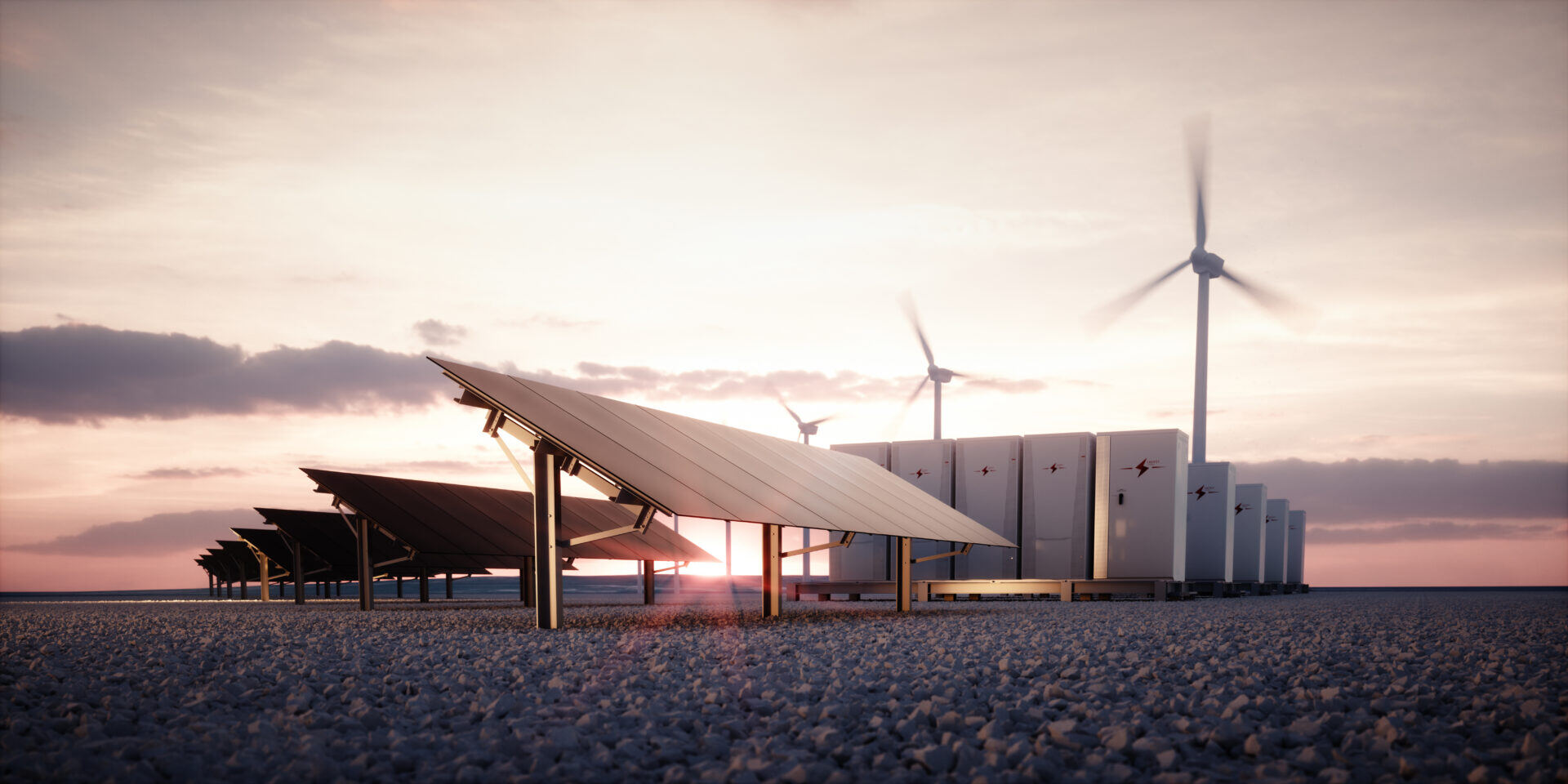FERC 2222 AND DATA SHARING
Join Dave Roberts for a roundtable discussion at the GridTECH Forum 2023 in San Diego and dive into data sharing best practices adhering to FERC 2222.

Stay in touch
Subscribe to our newsletter for expert insights, company updates, and the latest in renewable energy management solutions.
By Dave Roberts, Chief Business Development & Partnership at Power Factors
This week, I have the honor of leading a roundtable discussion at the GridTECH Forum in San Diego, in conjunction with DISTRIBUTECH 2023. The point of the roundtable is to gather the stakeholders from the generators, aggregators, distribution utilities, and transmission system operators to discuss the “art of the possible” when it comes to data-sharing: to enable higher penetration of intermittent renewable energy on the grid, faster processes for interconnection requests, and, ultimately, wholesale market access and participation. All of which are the underlying goals of FERC 2222.
There is a wealth of data available from the distributed generating and storage assets (below the meter) that could be used to develop highly granular forecast data and is also very useful for real-time distribution grid monitoring, and power flow simulation. Much of this data is already aggregated into on-site power plant controllers, SCADA systems, and asset performance management (APM) platforms, such as the Power Factors Drive platform, which is built on AWS.
In general, APM platforms aggregate many forms of high-speed time-series data and events, metadata about the assets, transactional data such as meters, and, finally, ERP data regarding maintenance, outages, and operations planning. Further, APM platforms typically run sophisticated validation, estimation and editing (VEE) functions on this raw data, so that users and calculated events are leveraging high-quality trusted data.
Power Factors, with its strategic partner AWS, is proposing to the relevant FERC 2222 stakeholders a thesis of a Data Ecosphere, whereby the asset owners of the APM data (customer subscribers) can publish relevant data for the other FERC 2222 stakeholders to securely subscribe to, transform, and, in return, publish value-added information back to the owner/operator of the generating asset.
The point of the workshop/roundtable this week is to raise a dialogue amongst the stakeholders on various provoking questions:
- What kinds of “behind-the-meter” generating and storage asset data would be useful to DSO/TSO? And at what frequency (noting in many cases the APM is collecting sub-second data.) What are the main use cases for DSO/TSO to utilize the data?
- What kind of post-processed data (e.g., asset-specific conditional power curves) would be useful?
- Can the technology vendors demonstrate this can be done using cloud technologies AND meet security requirements?
- If the data owners (asset owner/subscriber) publish the data to the DSO/TSO, what “values” can they receive from the DSO/TSO?
- What data could be made available back to the owner/operator of the assets? Congestion, pricing, load forecast, etc.?
Consider this post an open invitation to participate in the dialogue. Are you coming to GridTECH or DISTRIBUTECH this week? Let’s meet and discuss, we would like to hear the input and ideas of the relevant stakeholders. Not coming, post a response or your ideas for the discussion. Let’s engage as we work together for a brighter energy future.


.jpeg?width=2000&name=AdobeStock_691268307%20(3).jpeg)


